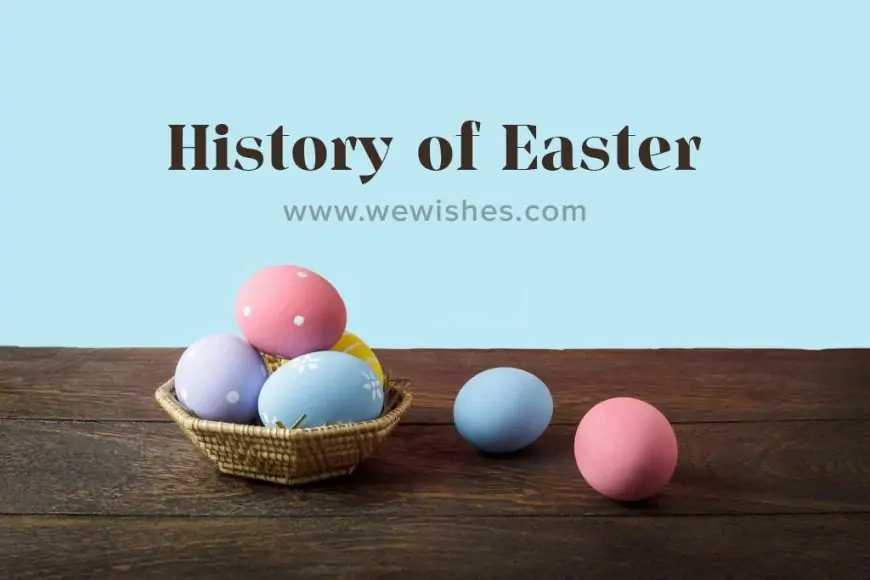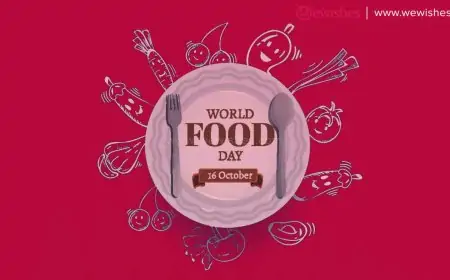Come March. And the world around you gets geared up to go ga ga on a festive spree. Some skeptics might shrug off the March madness fray, but can't beat the freak it rolls out of its season of rejuvenation, rejoice and renewal that ushers in with a basketful of new promises and gifts in galore. The nature discards its weary look to don a brand new outfit. The shining sun showers its blissful warmth, as if, to thwart the frosted blanket which the winter wraps around us. The brook turns bubbly. The blooming tulips, the crocuses and the daffodils - all swayed by the cool southie breeze, bring back the vibe on earth.
What else can be a better day for fun and fiesta? To have your family reunited? Friendship and love renewed? And feelings shared?
Perhaps all these traits have made spring and celebrations almost synonymous. That too from the dawn of human history.
Even in the Greek mythology, Demeter and Persephone, convey the idea of a goddess returning seasonally from the nether regions to the light of the day. This is in conjunction with the vernal equinox, March 21, when nature is in resurrection after the winter.
Even Easter - the grand occasion that reminds you of the golden and crimson eggs and chocolate bunnies, the ho'cross buns, is also a spring time festival. As if the Almighty had chosen this glorious season for the death-resurrection and exaltation of Jesus Christ, the son of God.
History Of Easter
Easter, the principal festival of the Christian church year, celebrates the Resurrection of Jesus Christ on the third day after his Crucifixion. The origins of Easter date to the beginnings of Christianity, and it is probably the oldest Christian observance after the Sabbath (observed on Saturday). Later, the Sabbath subsequently came to be regarded as the weekly celebration of the Resurrection.
Meanwhile, many of the cultural historians find, in the celebration of Easter, a convergence of the three traditions - Pagan, Hebrew and Christian.
According to St. Bede, an English historian of the early 8th century, Easter owes its origin to the old Teutonic mythology. It was derived from the name Eostre, the Anglo-Saxon goddess of spring, to whom the month of April was dedicated. The festival of Eostre was celebrated at the vernal equinox, when the day and night gets an equal share of the day.
The English name "Easter" is much newer. When the early English Christians wanted others to accept Christianity, they decided to use the name Easter for this holiday so that it would match the name of the old spring celebration. This made it more comfortable for other people to accept Christianity.
But it is pointed out by some that the Easter festival, as celebrated today, is related with the Hebrew tradition, the Jewish Passover. This is being celebrated during Nisan, the first month of the Hebrew lunar year. The Jewish Passover under Moses commemorates Israel's deliverance from about 300 years of bondage in Egypt.
It was in during this Passover in 30 AD Christ was crucified under the order of the Roman governor Pontius Pilate as the then Jewish high priests accused Jesus of "blasphemy". The resurrection came three days later, on the Easter Sunday. The early Christians, many of them being brought up in Jewish tradition regarded Easter as a new feature of the Pascha (Passover). It was observed in memory of the advent of the Messiah, as foretold by the prophets. And it is equanimous with the proclamation of the resurrection. Thus the early Christian Passover turned out to be a unitive celebration in memory of the passion-death-resurrection of Jesus. However, by the 4th century, Good Friday came to be observed as a separate occasion. And the Pascha Sunday had been devoted exclusively to the honor of the glorious resurrection.
Throughout the Christendom the Sunday of Pascha had become a holiday to honor Christ. At the same time many of the pagan spring rites came to be a part of its celebration. May be it was the increasing number of new converts who could not totally break free of the influence of pagan culture of their forefathers.
But despite all the influence there was an important shift in the spirit. No more glorification of the physical return of the Sun God. Instead the emphasis was shifted to the Sun of Righteousness who had won banishing the horrors of death for ever.
The Feast of Easter was well established by the second century. But there had been dispute over the exact date of the Easter observance between the Eastern and Western Churches. The East wanted to have it on a weekday because early Christians observed Passover every year on the 14th of Nisan, the month based on the lunar calendar. But, the West wanted that Easter should always be a Sunday regardless of the date.
To solve this problem the emperor Constantine called the Council of Nicaea in 325. The question of the date of Easter was one of its main concerns. The council decided that Easter should fall on Sunday following the first full moon after the vernal equinox. But fixing up the date of the Equinox was still a problem. The Alexandrians, noted for their rich knowledge in astronomical calculations were given the task. And March 21 was made out to be the perfect date for spring equinox.
The dating of Easter today follows the same. Accordingly, churches in the West observe it on the first day of the full moon that occurs on or following the Spring equinox on March 21., it became a movable feast between March 21 and April 25.
Still some churches in the East observe Easter according to the date of the Passover festival.
The preparation takes off as early as on the Ash Wednesday from which the period of penitence in the Lent begins. The Lent and the Holy week end on the Easter Sunday, the day of resurrection.
The Story of Easter and Easter Eggs
Easter Egg Tradition
Eggs have been associated with the Christian festival of Easter, which celebrates the death and resurrection of Christ, since the early days of the church. However, Christian customs connected with Easter eggs are to some extent adaptations of ancient pagan practices related to spring rites.
The egg has long been a symbol of 'fertility', 'rebirth' and 'the beginning'. In Egyptian mythology, the phoenix burns its nest to be reborn later from the egg that is left; Hindu scriptures relate that the world developed from an egg.
With the rise of Christianity in Western Europe, the church adapted many pagan customs and the egg, as a symbol of new life, came to represent the Resurrection. Some Christians regarded the egg as a symbol for the stone being rolled from the sepulchre.
Eggs as an Easter Gift
The earliest Easter eggs were hen or duck eggs decorated at home in bright colours with vegetable dye and charcoal. Orthodox Christians and many cultures continue to dye Easter eggs, often decorating them with flowers.
The 17th and 18th centuries saw the manufacture of egg-shaped toys, which were given to children at Easter. The Victorians had cardboard, 'plush' and satin covered eggs filled with Easter gifts and chocolates. The ultimate egg-shaped Easter gifts must have been the fabulous jewelled creations of Carl Fabergé made during the 19th century for the Russian Czar and Czarina, now precious museum pieces.
Chocolate Easter eggs were first made in Europe in the early 19th century, with France and Germany taking the lead in this new artistic confectionery. Some early eggs were solid, as the technique for mass-producing moulded chocolate had not been devised. The production of the first hollow chocolate eggs must have been painstaking, as the moulds were lined with paste chocolate one at a time.
Cadbury Easter Eggs
John Cadbury made his first 'French eating Chocolate' in 1842 but it was not until 1875 that the first Cadbury Easter Eggs were made. Progress in the chocolate Easter egg market was slow until a method was found for making the chocolate flow into the moulds.
The modern chocolate Easter egg owes its progression to the two greatest developments in the history of chocolate - the Dutch invention of a press for separating cocoa butter from the cocoa bean in 1828 and the introduction of a pure cocoa by Cadbury Brothers in 1866. The Cadbury process made large quantities of cocoa butter available and this was the secret of making moulded chocolate or indeed, any fine eating chocolate.
The earliest Cadbury chocolate eggs were made of 'dark' chocolate with a plain smooth surface and were filled with sugared almonds. The earliest 'decorated eggs' were plain shells enhanced by chocolate piping and marzipan flowers.
Decorative skill and variety bloomed and by 1893 there were 19 different lines on the Cadbury Brothers Easter list in the UK. Richard Cadbury's artistic skill undoubtedly played an important part in the development of the Easter range. Many of his designs were based on French, Dutch and German originals adapted to Victorian tastes. Germany came up with the 'crocodile' finish, which by breaking up the smooth surface, disguised minor imperfections. This was the forerunner to the many distinctive finishes now available.
The launch in 1905 of Cadbury's Dairy Milk Chocolate made a tremendous contribution to the Easter egg market. The popularity of this new chocolate vastly increased sales of Easter eggs and establish them as seasonal best sellers. Today the Easter egg market is predominantly milk chocolate.
Also read: Best Easter Sunday quotes and wishes




















